Exploring China’s peripheries: Southwest 西南
// Day 4: Dali 大理市 county-level city
Dali Bai Autonomous Prefecture 大理白族自治州, Yunnan province
Dali is an ancient capital where its old city walls still stand. Not UNESCO protected like Lijiang, it was the seat of power for the Bai kingdom Nanzhao which thrived during the eight and ninth centuries. Later, the Kingdom of Dali regined from 937-1253AD. Dali was formerly a significantly Muslim part of South China.

#1 To get to Dali from Lijiang, this was the recommended approach. Winding through mountain passes and snaking over gorges, the journey looking out of the train window was picturesque as infrastructure-crazy Yunnan impressed yet again. The tremendous effort to connect through the extremely rugged hills and mountains of central Yunnan is awe-inspiring. No High-Speed Rail here yet, however. Expect to share cabin space socialist style if you choose the sleeper coach- everyone had to respectfully share a highly limited space. The alleyways are probably just 60cm wide.

#2 34RMB for the 2 hour journey. It was most interesting sharing the space and interacting with all manner of domestic traveler from the rural folk heading to meet extended family or for business, to intrepid young backpackers (who I understand love coming here for a great big hike of self-discovery – perhaps somewhat the Chinese equivalence of ‘Into the Wild‘). I thought it was great that second-chance tickets on board were always being offered by the inspectors before they began their official inspections. I found out this was a humane measure to help out the neediest. On board throughout the journey, there were peddlers selling all manner of wares from mobile chargers to laser lit yoyos, towels, drinks and the like in the 60cm wide alleyway.

#3 Chongsheng Temple and Three Pagodas 崇圣寺三塔. They date back to the time of the Nanzhao kingdom and Dali Kingdom – reminders that the Han stock was not always dominant.

#4 Reflective pond 聚影池 that was popular amongst tourists here as the three pagodas (that formed a symmetrical triangle) became six with this angle. Within half an hour of observation, there was a non-stop flow of domestic tourists, bandying about all sizes and types of compact digital to SLR cameras. They were largely led around by Bai minority tour guides (see example with prominent headdress near the bottom-centre of this photo)

#5 Han Chinese child with mum preppring her for a photo taken by local Bai minority photography. I was parked here for quite a while attempting to do a timelapse video of the pagodas (out of picture), and it was heartening that visitors who came were not only from the Han majority.

#6 The culture of Buddhist fish release exists to this very day in China.

#7 The other side of China’s rise. Local womenfolk peddling fruits waiting outside the entrance and exits. Thing is, the fruits they sell aren’t local. I hear their supply comes from the border – further south in Thailand and Vietnam. It is also here in Dali where it becomes increasingly apparent that China’s stranglehold on its one-child policy of yesteryear is a myth, it hardly applied to rural folk, nor the minorities. The locals I spoke to around in their 50s mostly had two to three kids.

#8 Local womenfolk washing locally grown vegetables in the canals nearby Erhai Lake 洱海, an alpine fault lake in literally translated as “Ear-shaped Sea”, due to its shape. It sits nearly 2,000m above sea level and is nearly as long as my country of birth – about 40km. Erhai is sandwiched between the Cangshan Mountains 苍山 to the West and Dali – the perfect settings in Chinese terms, for abundance and prosperity

#9 八荣八耻 Eight virtues and shames on Dali’s old town walls. Hu Jintao’s Eight-Step Programme in action since 2006. Translated –
1. Love the country; do it no harm.
2. Serve the people; never betray them.
3. Follow science; discard ignorance.
4. Be diligent; not indolent.
5. Be united, help each other; make no gains at others’ expense.
6. Be honest and trustworthy; do not sacrifice ethics forgain.
7. Be disciplined and law-abiding; not partake in chaos and lawless.
8. Live plainly, work hard; do not inudlge in luxuries and pleasures.

#10 Drug abuse used to be a huge problem this part of China due to its proximity to the borders of Myanmar for instance – a closer look this shop, located near Foreigners’ Street 洋人街 will reveal some relics of paraphernalia.
Filed under: Bob's Opinion, Culture, Photo Story
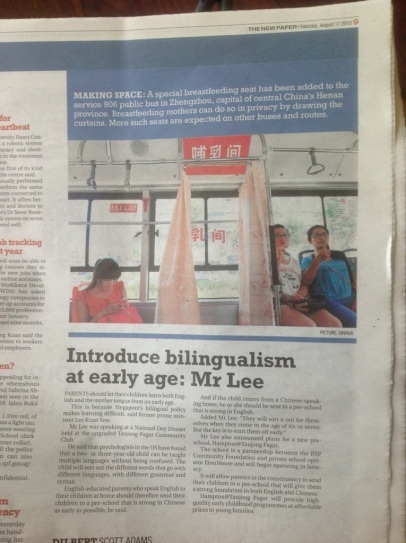
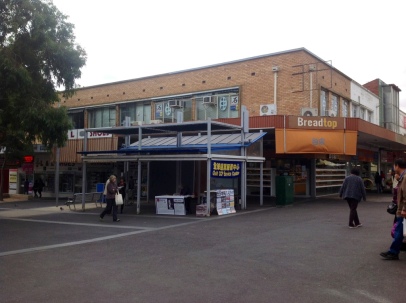
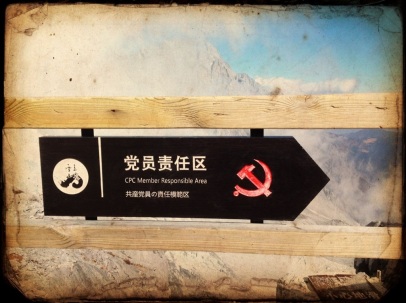
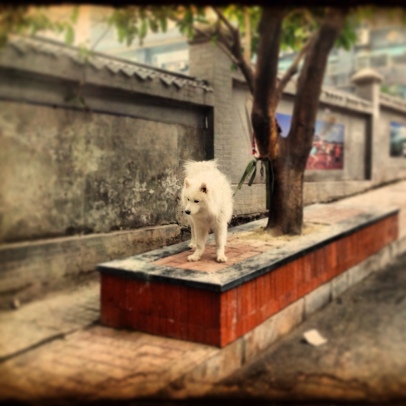













































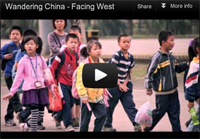

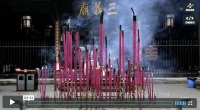



The Sharing Circle